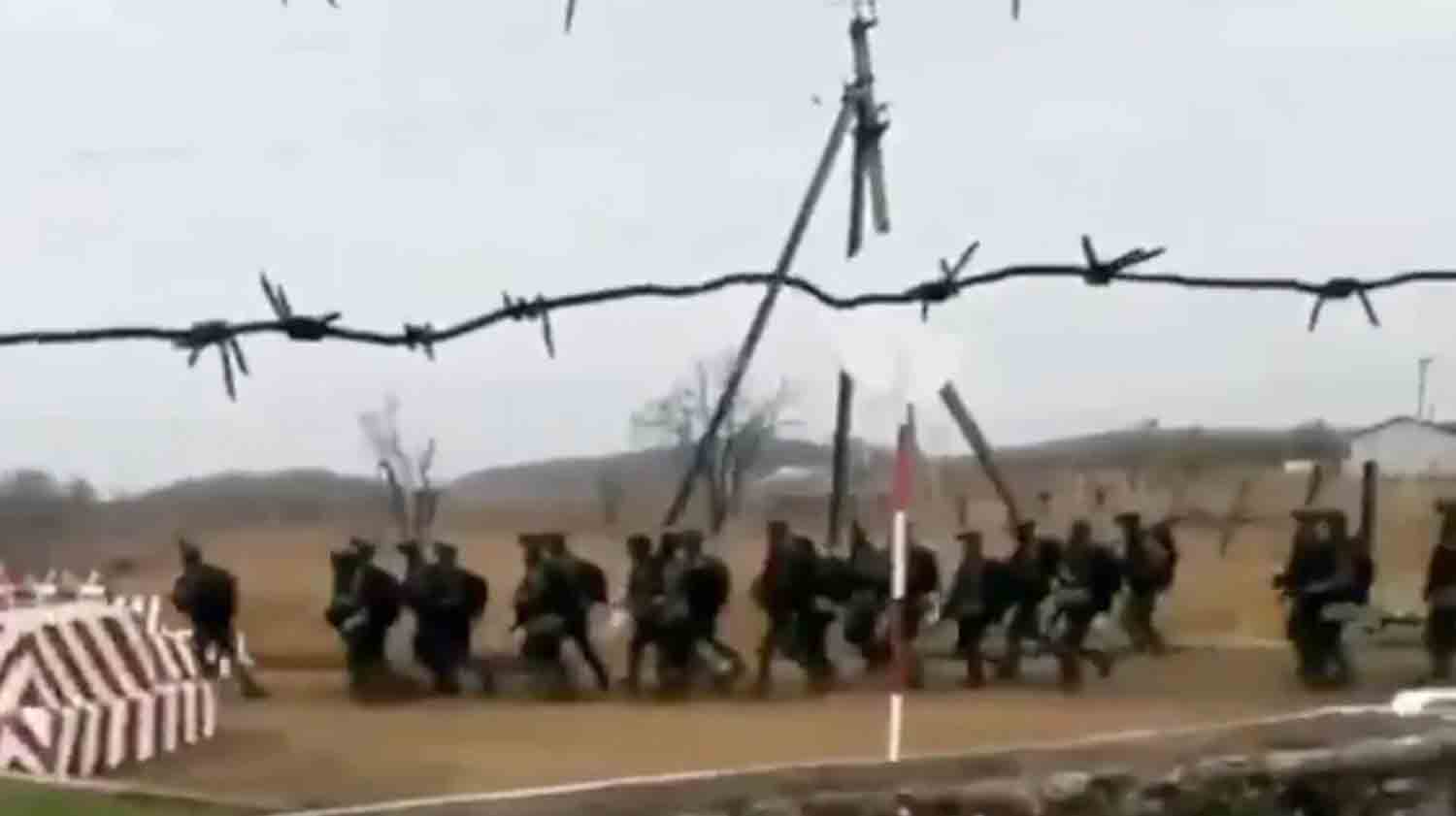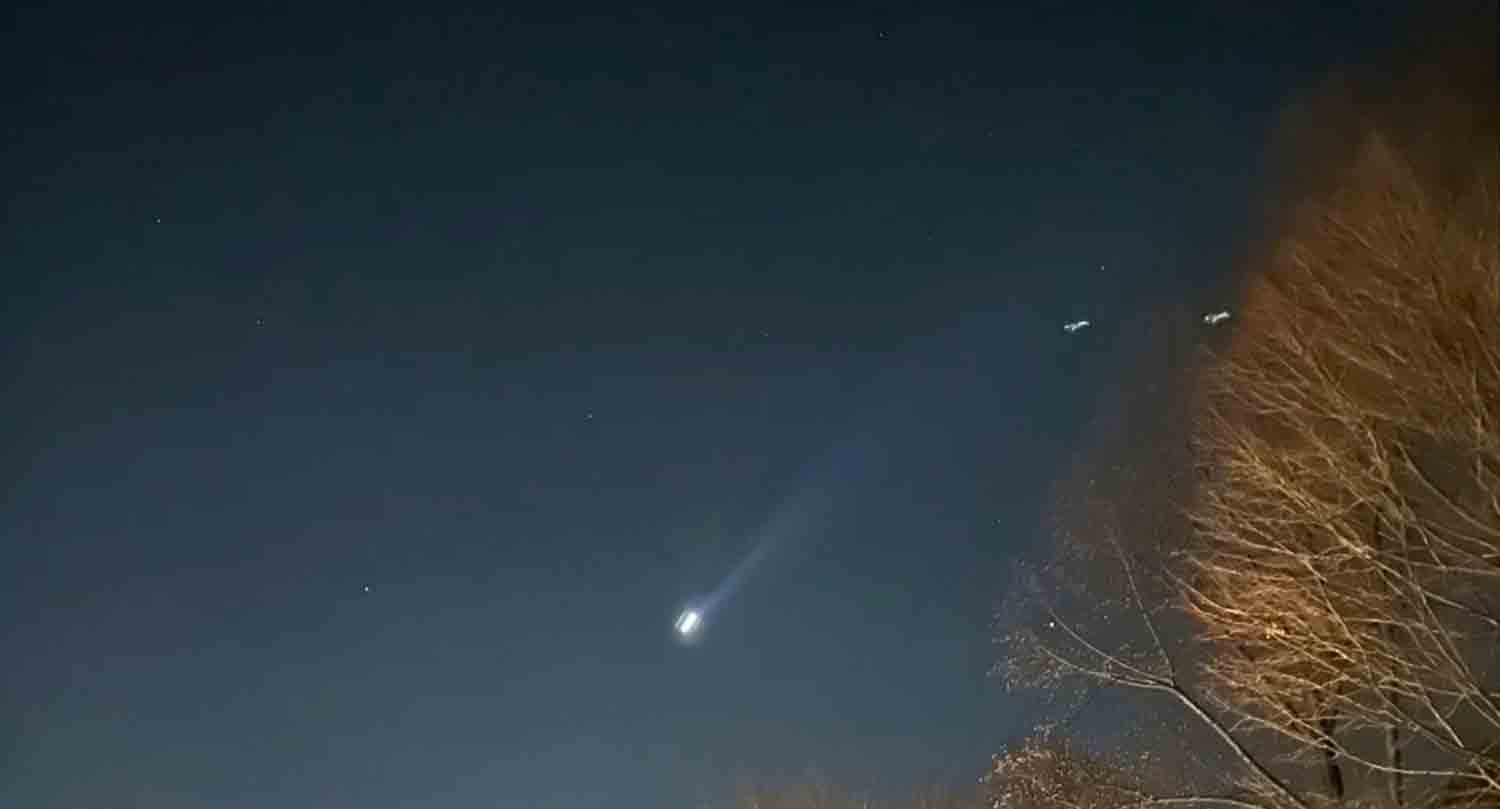North Korean soldiers fighting alongside Russian forces have reportedly been issued counterfeit military documents featuring Russian names and birthplaces, according to the Ukrainian military. This development comes amid allegations from Kyiv that Russia is attempting to obscure the involvement of foreign fighters in the conflict.
In a statement released on Sunday, Ukraine’s special operations forces announced the elimination of three North Korean soldiers in Russia’s western Kursk region, along with the confiscation of their identification documents.
The military IDs were described as lacking essential stamps and photographs, with patronymic names formatted in the Russian style and the birthplace listed as the Republic of Tuva, a region in southern Siberia adjacent to Mongolia. However, the signatures on these documents were in Korean, suggesting the true origins of the soldiers.
The statement emphasized that this incident further illustrates Russia’s efforts to disguise its battlefield losses and the presence of foreign troops.
Intelligence estimates from the US, Ukraine, and South Korea suggest that the number of North Korean soldiers in Russia ranges from 11,000 to 12,000, many of whom have participated in combat operations alongside tens of thousands of Russian troops to reclaim areas in Kursk that were lost during a Ukrainian offensive in August.
Reports indicate that North Korean forces have sustained significant casualties in the region, with US and Ukrainian officials alleging that Russia is attempting to hide their involvement. A senior US official noted that North Korea has experienced “several hundred” casualties, both killed and wounded, in Kursk since October. Additionally, a South Korean lawmaker reported that approximately 100 North Korean soldiers are believed to have died, with nearly 1,000 injured since their deployment to Kursk, according to the nation’s intelligence agency.
On December 17, Ukraine’s special forces reported that within a span of three days, 50 North Korean soldiers were killed and 47 were injured while engaging in combat alongside Russian forces in Kursk.
A Ukrainian unit noted that the North Koreans, identifiable by their distinct uniforms, executed infantry assaults employing tactics reminiscent of those used 70 years ago, likely alluding to the Korean War’s strategy of mass infantry charges.
Neither the Russian nor North Korean governments have officially confirmed the deployment of North Korean troops in Russia.
Ukrainian President Volodymyr Zelensky stated that Russia is attempting to obscure the casualties of North Korean soldiers on the battlefield, employing drastic measures to hide the identities of those killed in action.
“Russians are trying… to literally burn the faces of North Korean soldiers killed in battle,” Zelensky remarked in a statement on X on December 17, accompanied by a video that allegedly depicts Russian soldiers igniting the bodies of North Korean troops.
In a separate incident, a Ukrainian drone unit shared footage on December 15 that purportedly showed the bodies of over 20 North Korean soldiers arranged in a frozen field. The video quality was insufficient to confirm their identities.
Lt. Andrii Kovalenko, a representative of Ukraine’s National Security and Defense Council, indicated that the Ukrainian unit captured the video before Russia could remove the bodies.
“They try to conceal the involvement of North Koreans in specific operations as much as possible. Therefore, they usually line these bodies up, and then tracked vehicles arrive to take them away,” Kovalenko explained to the Ukrainian state news agency Ukrinform.
Discover more from Defence Talks | Defense News Hub, Military Updates, Security Insights
Subscribe to get the latest posts sent to your email.





